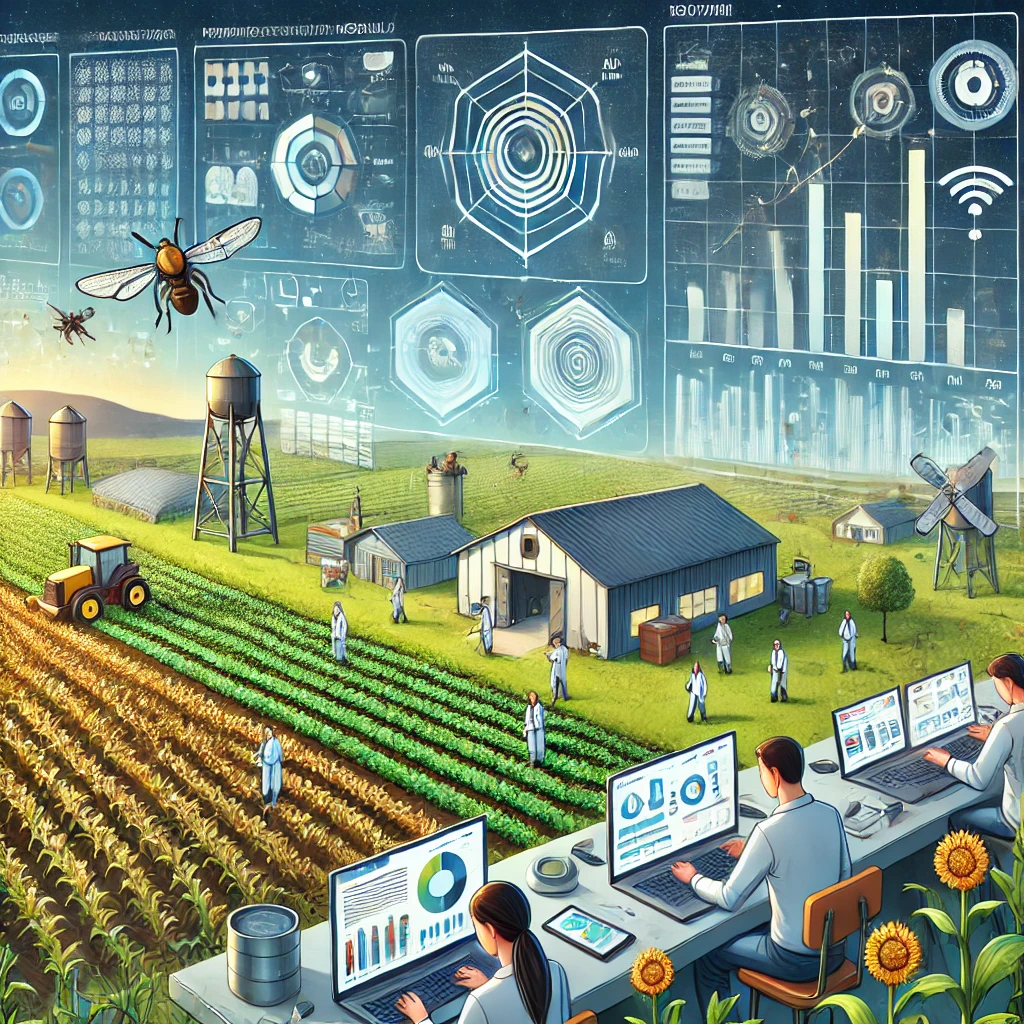Introduction to Predictive Models
Predictive models are essential tools in agricultural pest management. They use data and algorithms to forecast pest populations, allowing farmers and agricultural professionals to implement proactive control measures. By anticipating pest outbreaks, predictive models help reduce crop damage and optimize pest management strategies.
Data Collection and Analysis
Data collection and analysis form the foundation of predictive models. These models rely on extensive data, including historical pest populations, weather patterns, and crop conditions. Advanced data collection techniques, such as remote sensing and field surveys, provide valuable insights into pest behavior and environmental factors. Analyzing this data helps identify patterns and trends that can predict future pest activity.
Types of Predictive Models
Several types of predictive models are used in agricultural pest management. Statistical models analyze historical data to forecast pest populations based on past trends. Simulation models replicate environmental conditions and pest life cycles to predict future infestations. Machine learning models use algorithms to identify complex patterns and improve predictions over time. Each model type offers unique benefits and can be selected based on specific pest management needs.
Integration with Pest Management Practices
Integrating predictive models with pest management practices enhances their effectiveness. Farmers use model predictions to time pesticide applications, deploy biological controls, and implement cultural practices. For example, a model predicting a pest outbreak can inform the optimal timing for releasing natural predators or applying targeted treatments. This integration helps minimize pesticide use and reduce environmental impact.
Challenges and Limitations
Despite their advantages, predictive models face challenges and limitations. Data quality and availability can impact the accuracy of predictions. Models may require calibration and validation to ensure reliable forecasts. Additionally, changing climate conditions and pest behaviors may affect model performance. Addressing these challenges involves continuous model refinement and validation to maintain accuracy and relevance.
Conclusion
Predictive models are vital for effective agricultural pest management. They rely on data collection, various modeling approaches, and integration with pest management practices to forecast pest outbreaks. While challenges exist, ongoing advancements and refinements enhance the accuracy and utility of predictive models in agriculture.

